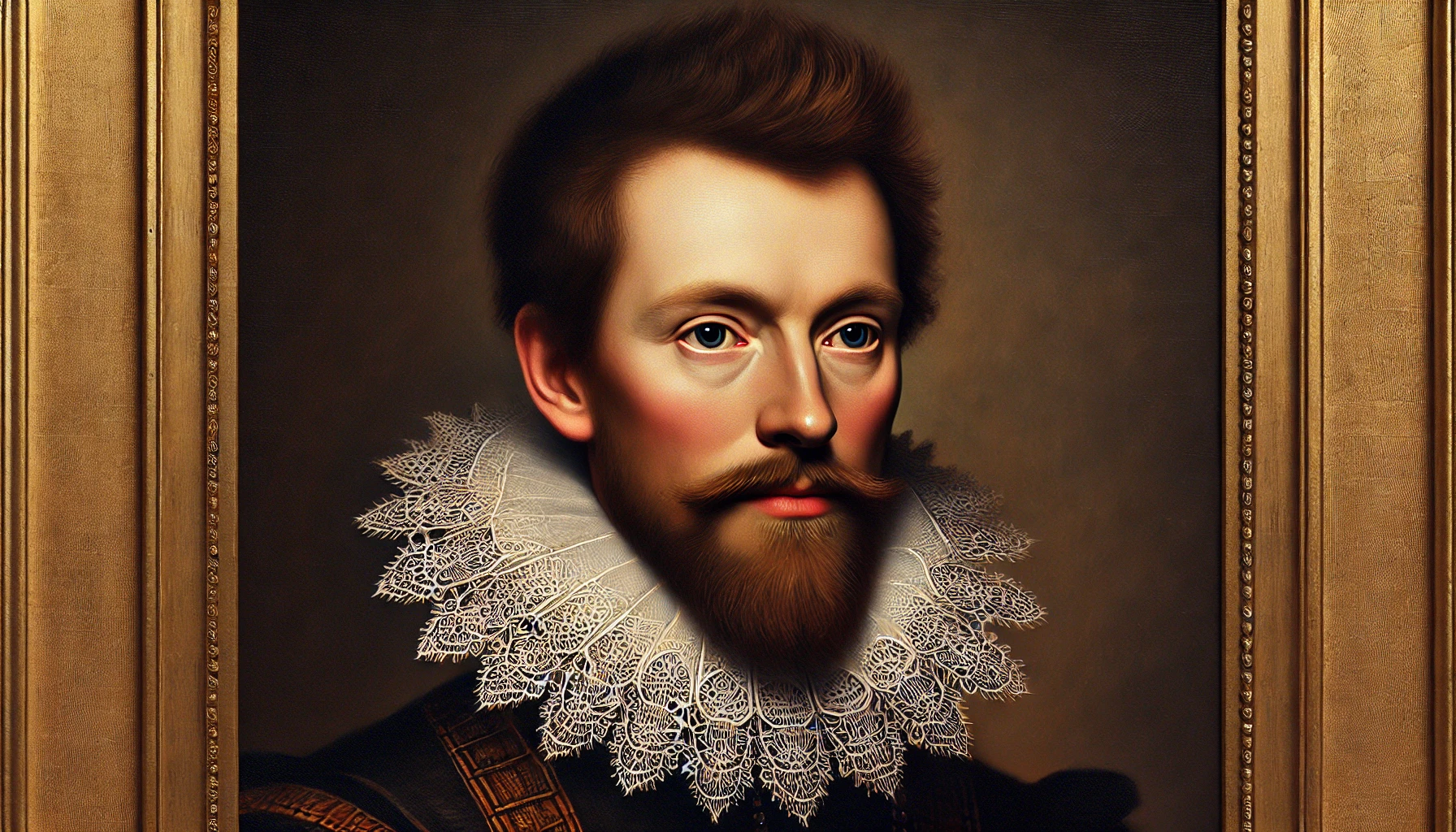John Donne
Introduction
John Donne (1572–1631) was an English poet, cleric, and scholar who was widely regarded as the foremost representative of the Metaphysical Poets in the english language and literature. His most of the works are known for their "intellectual depth, vivid imagery, and complex metaphors", which blends themes of "love, religion, and mortality." Donne's poetry and prose had a profound influence on later literature, and he remains a central figure in English literature.

His Famous Poems
1. "The Flea"
· Publication: 1633
· Writing: Composed in the 1590s (as a young law student)
· Symbol: The flea as a metaphor for union/blending of lovers
· Theme: Seduction· physical intimacy· the triviality of moral objections
· Summary: A speaker uses a flea's bite to argue that sexual union is insignificant.
· Historical Background: Reflects Renaissance debates on love· virginity· and seduction poetry.
· Setting: Likely an intimate chamber· with the flea as a central prop.
2. "The Good-Morrow"
· Publication: 1633
· Writing: Early 1590s (youthful love poems)
· Symbol: Waking from a dream· maps· "one little room" as a self-contained world
· Theme: Spiritual love· awakening· unity of souls
· Summary: Lovers discover true meaning in each other· rendering past loves meaningless.
· Historical Background: Platonic ideals in Renaissance poetry· possibly inspired by Donne’s secret marriage (1601).
· Setting: A bedroom at dawn· metaphorical "new world" of love.
3. "A Valediction: Forbidding Mourning"
· Publication: 1633
· Writing: 1611–1612 (before traveling to Europe)
· Symbol: Compasses· gold beaten thin· celestial spheres
· Theme: Eternal love· separation· spiritual connection
· Summary: True lovers remain united even when apart· like compass legs.
· Historical Background: Written for his wife Anne· reflecting anxieties of travel in the 17th century.
· Setting: A private farewell· possibly a study or bedchamber.
4. "Death Be Not Proud" (Holy Sonnet X)
· Publication: 1633
· Writing: 1609–1610 (during religious turmoil)
· Symbol: Death as a "slave" to fate· chance· and mortal men
· Theme: Mortality· Christian resurrection· defiance
· Summary: Death is powerless because the soul lives eternally.
· Historical Background: Post-conversion to Anglicanism· amid plague and personal grief.
· Setting: A meditative space· perhaps a church or private prayer.
5. "The Sun Rising"
· Publication: 1633
· Writing: 1590s (early playful phase)
· Symbol: The sun as an intruder· the lovers’ bed as the center of the universe
· Theme: Love’s supremacy· timelessness· defiance of nature
· Summary: The speaker dismisses the sun· claiming his beloved outshines it.
· Historical Background: Renaissance solar imagery· possibly mocking Petrarchan conventions.
· Setting: A sunlit bedroom· with the lovers in bed.
6. "Batter My Heart" (Holy Sonnet XIV)
· Publication: 1633
· Writing: 1609–1610 (spiritual crisis)
· Symbol: Violent rebirth ("batter· break· blow")· besieged town
· Theme: Sin· redemption· divine force
· Summary: The soul begs God to violently reclaim it from sin.
· Historical Background: Reflects Donne’s struggle with faith after his brother’s death (1593) and conversion.
· Setting: A metaphorical battlefield· the soul under siege.
7. "The Canonization"
· Publication: 1633
· Writing: 1590s (early secular poetry)
· Symbol: Saints· flies in candles· the phoenix
· Theme: Love as sacred· defiance of societal scorn
· Summary: Lovers· like saints· should be revered for their passion.
· Historical Background: Challenges Puritan views on love· possibly inspired by Donne’s taboo marriage.
· Setting: A tavern or private space· addressing a skeptical listener.